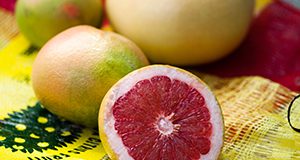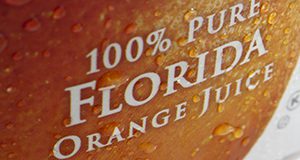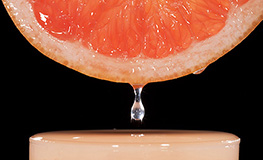Accounting for a quarter of the population in the United States, the millennial generation is believed to have stronger buying power than other generations. But does targeting orange juice marketing to millennials, and, in particular, millennial parents, reap rewards? This 4-page fact sheet written by Yan Heng, Ronald W. Ward, and Lisa A. House and published by the UF/IFAS Food and Resource Economics Department presents the results of a survey examining several generations and their impact on demand for orange juice to find out whether targeting this one is a wise marketing strategy.
https://edis.ifas.ufl.edu/fe1089
Tag: Yan Heng
Orange Juice Consumers Response to the Covid-19 Outbreak
This 4-page fact sheet written by Yan Heng, Marisa Zansler, and Lisa House and published by the UF/IFAS Food and Resource Economics Department presents consumers’ responses to a monthly survey and provides a look at those consumers who have contributed to a surge in orange juice sales since April. It is intended to help the industry understand the possible impacts of the COVID-19 pandemic and develop marketing plans to sustain orange juice purchases beyond the short run.
https://edis.ifas.ufl.edu/fe1082
An Overview of the Grapefruit Market in France

The authors of this 4-page fact sheet, Yan Heng, Mitzey Tejeda, and Lisa House, used a national survey to analyze and understand French consumer preferences and consumption behavior regarding grapefruit. They found that more than half of the respondents were willing to purchase grapefruit in the upcoming year, suggesting that French consumers hold an overall positive image of grapefruit. As a major and well-recognized supplier providing high-quality products, Florida has the opportunity to continue producing and exporting grapefruit to France. Published by the UF/IFAS Food and Resource Economics Department.
https://edis.ifas.ufl.edu/fe1072
An Overview of the Grapefruit Market in South Korea
According to the Foreign Agricultural Service of the United States Department of Agriculture, worldwide consumption of fresh grapefruit in 2014/15 increased from 4.2 million to 5.2 million metric tons. China, which is the largest producer of grapefruit, was largely responsible for the increase. In South Korea, however, the state of Florida in the United States has traditionally dominated the grapefruit market. The South Korean grapefruit market has been increasing in recent years and is expected to keep growing. The industry in Florida now faces fierce competition from other suppliers with lower import prices and different harvest seasons. This 5-page fact sheet written by Yan Heng, Hyeyoung Kim, and Lisa House and published by the Food and Resource Economics Department aims to provide an overview of the grapefruit market in South Korea and evaluate the potential of this market for Florida fresh grapefruit producers.
http://edis.ifas.ufl.edu/fe1003

